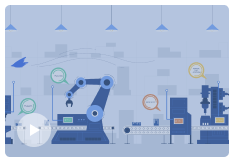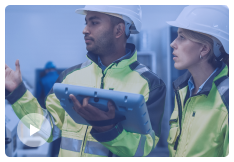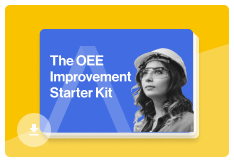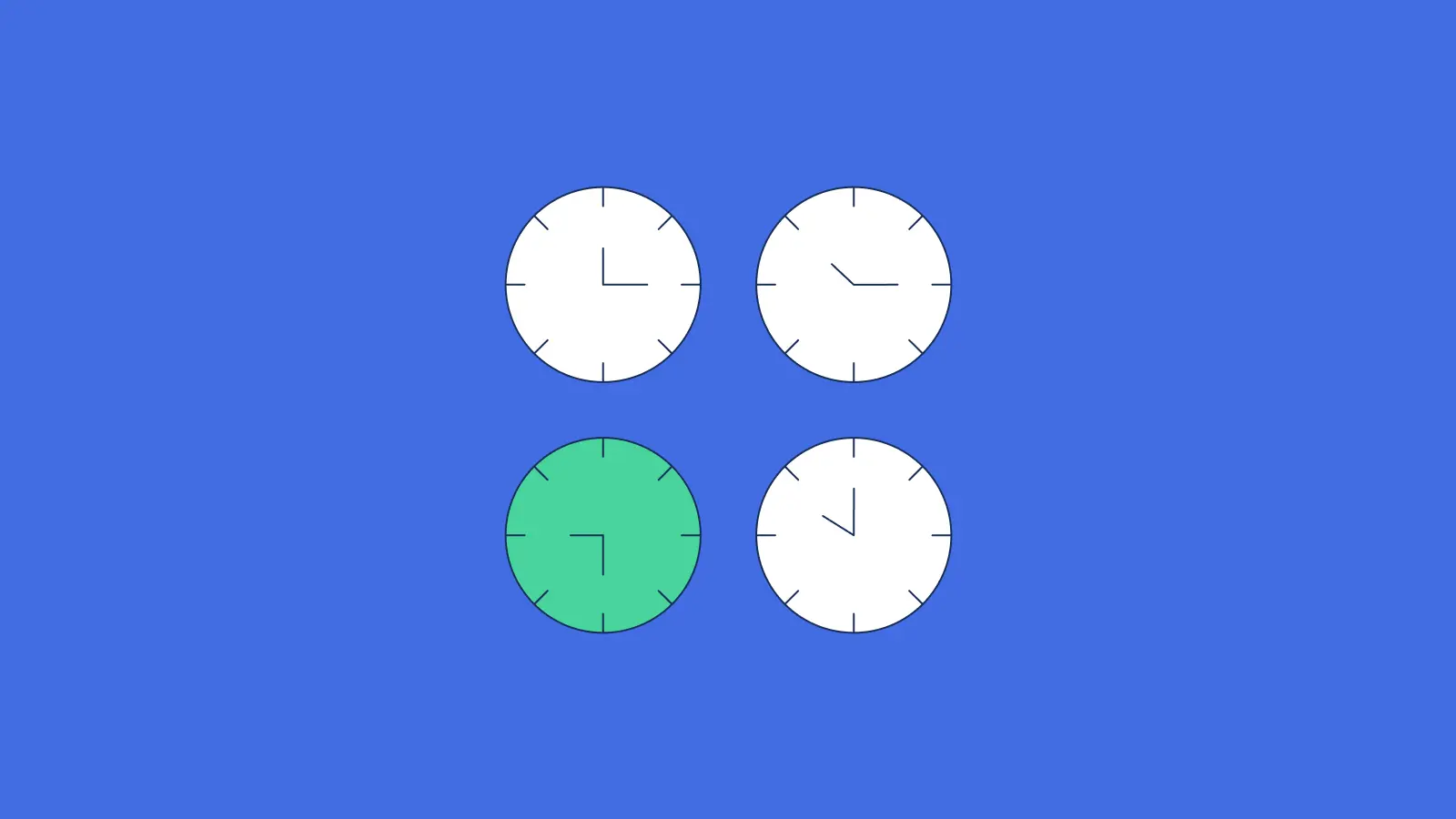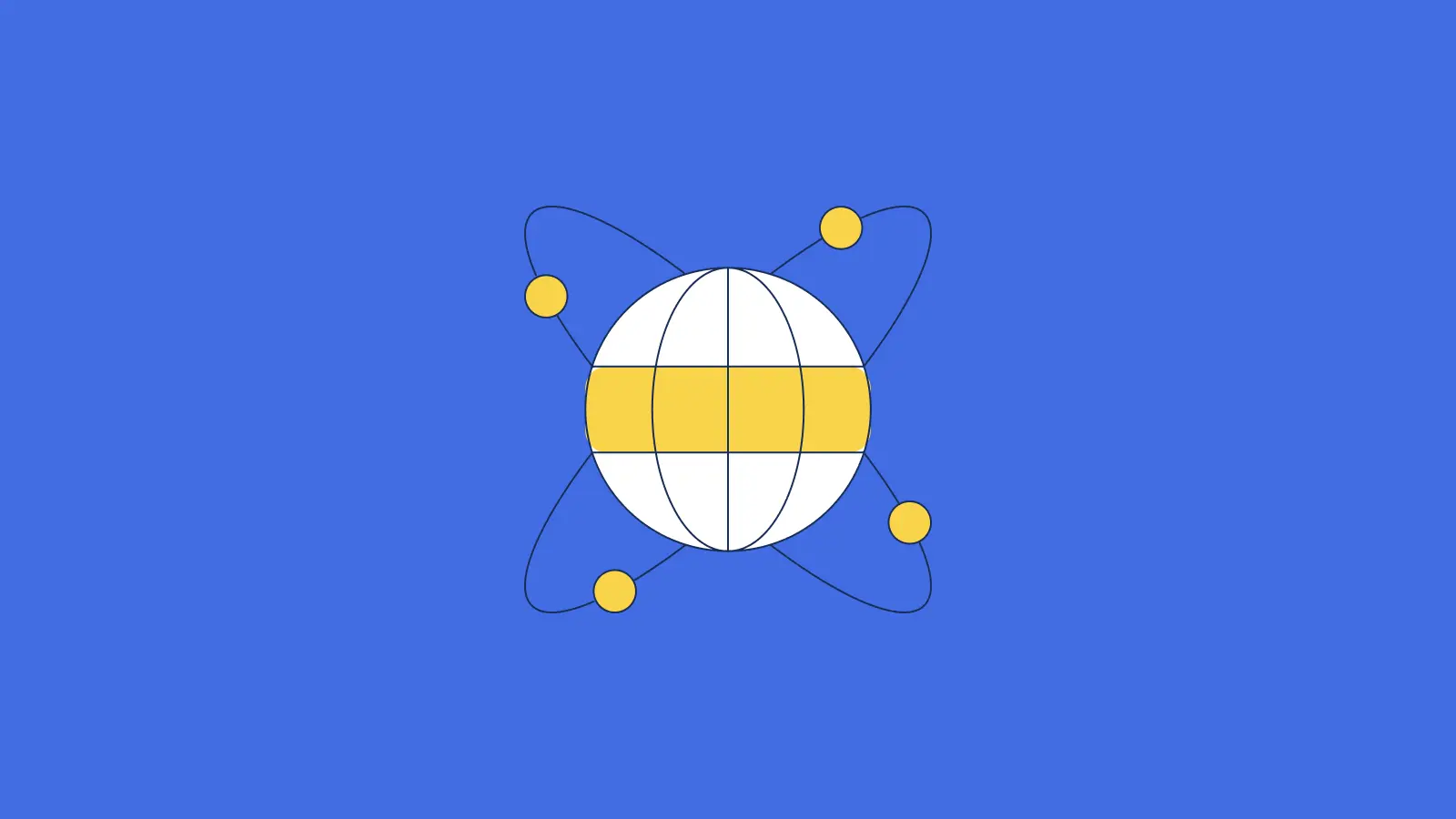For the past couple of years and climbing since The Great Lockdown, nearly 70 percent of all digital transformation programs in factories are failing. The main reason? Shop floor workers don’t have access to the right tools to support the transformation and perform at their best. Manufacturers that invest in developing their people while launching a digital transformation program see a higher success rate than those that don’t.
In a recent conversation on modernizing manufacturing, Bob Zeeb, VP of Operations at Portland Forge, discussed his team’s approach to revamping a 100+ year old factory with outdated practices and technology, to create a connected shop floor in a matter of months.
Meet Bob Zeeb, VP of Operations at Portland Forge
With 38 years in the manufacturing industry, Bob takes pride in positively impacting revenue and building a people-focused culture in his factories. “We need to support our workforce to be successful and have an environment where we can work safely, produce quality products and create a culture where people want to come to work,” says the VP of Operations.
An American-based company, Portland Forge is a premier manufacturer and supplier of high-quality carbon, alloy, and exotic metal forged components. The company’s success is tied to providing innovative solutions and services needed to respond to today’s supply chain demands.
Portland Forge had a promising opportunity for their products and sales to expand, but their facilities didn’t have the latest I4.0 technologies to take them to the next level. Today, digital transformation is usually tied to newer facilities or industries with big budgets – but they don’t have to be. Factories of all sizes (and ages) can modernize manufacturing through working as a team to build a connected factory step-by-step.
What is a connected factory?
A connected factory uses digital technology, sensors and cloud-based storage to easily share information and help teams make data-driven productivity improvements. A connected factory also aims to empower frontline workers through real-time visibility on their production lines to make continuous improvements and drive operational performance.
Some of the benefits of a connected factory include:
- Visualizing production lines and workflows across the factory floor and using data to fine-tune the flow for increased efficiency
- Having IoT sensors attached to every machine, notifying critical teams when issues arise and scheduling maintenance
- Communicating with engineering, operations and management teams wherever they are
- Monitoring and ensuring the safe and healthy working conditions of shop floor workers
- Ensuring that shop floor knowledge is shared openly through streamlined processes, giving workers a platform to provide valuable feedback, ensuring that lessons learned aren’t just captured but also actioned
The pre- modern manufacturing landscape
With many manufacturing plants still running on decades-old processes and equipment, shop floor workers are taking paper notes on quality issues, machine maintenance and other critical issues. But pen-and-paper processes are inefficient and prone to human error — adding additional risk and cost to the entire organization.
According to Raven President and COO, Dr. Paul Turner, not every factory is a candidate for everything that Industry 4.0 could throw at it. Old equipment may not easily hook up to the latest technology so upgrading to a full-fledged “factory of the future” could be pricey for some — especially without having a clear line of sight to return on investment. But, modernizing manufacturing shouldn’t be an “all or nothing” approach.
Digital transformation is a journey; with each step on that journey generating sufficient ROI to fund the next step. Instead of creating a multi-million dollar cloud-based analytics architecture, start with the basics on the shop floor.
“Technology is important. And making it simple and fast to install is even more important to start collecting data. The faster you can invest in technology and get your team on board, the more you’re going to win your workforce over. Speed allows you to ramp up a digital platform, gain ROI, and continue to make smart investments down the road. That’s what Raven gave us.”
— Bob Zeeb, VP of Operations, Portland Forge
Data collection: step one for a connected factory
One of the fundamental building blocks for a factory to drive productivity improvements is to have a complete and contextualized event timeline for every critical asset. Getting started can be as simple as installing sensors to measure part counts. And then adding a user-friendly operator interface for tracking downtime reasons when machines can’t provide an actionable, meaningful reason.
Generating this kind of information acts as fuel for operational excellence and continuous improvement programs, notes Dr. Paul Turner. With the right technology, digitalization doesn’t have to be expensive or complicated, and can be quick to implement to get your initial connected factory wins.
Using frontline-friendly technology with a simple HMI
During the initial phases of their digital transformation, Bob and his team took on a continuous improvement initiative with two large assets in the factory to understand post-pandemic slowdown, workforce turnover and the completion of major maintenance project. “Without Raven, we couldn’t quantify our current processes and how much wait time or downtime was affecting our operations,” said Bob.
Within the first two weeks of deploying Raven, a digital OEE and continuous improvement solution, Portland Forge was able to capture real-time downtime data by connecting Raven to their existing machines and using user-friendly HMIs placed on their lines that prompted operators to fill in downtime gaps with one “tap” of a touch screen. This is data they weren’t able to accurately track before.
“If an asset is producing (green screen), the operator can continue to focus on their key responsibilities. When the screen goes red, the operator simply touches the screen to track the downtime reason. Operators don’t have to walk over to a computer across the floor and input data, they don’t have to write anything down. It’s as simple as it gets and it didn’t take a ton of infrastructure to put in place. It’s all Wi-Fi-based and the complete data elevates our processes to help us perform stronger,” said the VP of Operations.
Frontline engagement: a must-have for a connected shop floor
If digital transformation deployments are top-down driven and don’t engage the operations teams, the tech deployment will fail. Operators are busy. They expect software to make their lives easier and shouldn’t place additional burden on their day-to-day tasks.
To be successful, a digital solution has to be seen as useful. Raven supports a connected shop floor with frontline engagement in three main ways:
- By automating downtime tracking as much as possible so the frontline can focus on targets. For example, automatically tagging breaks and lunches using Automated Downtime Labeling and information from existing systems.
- By engaging the frontline to provide important human context, asking questions only when machines don’t have the answers. The last thing an operator wants to do is type out or write down downtime reasons. Raven makes it as easy as possible with just a few “taps” on Smart Assistants / HMIs placed on the lines.
- By using the added human and machine context to increase visibility into the root cause of losses. Raven’s real-time reporting platform and end-of-line dashboards display KPIs that are meaningful to the frontline, providing them levers to influence and drive two-way conversations with management to make sustainable improvements.
With Raven as Portland Forge’s one source of truth across their Industry 4.0 tech stack, the entire team was empowered to make continuous improvements — incorporating the people and the process element in their connected factory strategy.
Implementing Raven: the digital OEE and continuous improvement solution of choice
Just one month after implementing Raven as their digital solution, Portland Forge celebrated many wins including:
- Tagging 99.8% of downtime, with Raven’s Operator Smart Assistants and Automated Downtime Labeling
- Reducing wait times by 4.5%, using operator context and Raven’s reporting platform to make shop floor improvements
- Increasing production time by 12% using real-time production monitoring and alerts to guide operations teams to take immediate action to resolve issues on the lines
- Increasing throughput by 9.3% by using Raven’s Batch Count Radiator to understand performance of each individual batch
- Modernizing manufacturing processes for stronger performance, team engagement and operational excellence
A recent McKinsey survey revealed that productivity, sustainability and resilience are the top three strategic priorities among manufacturers right now. Two-thirds of respondents believe that modernizing manufacturing and scaling Industry 4.0 are highly important for achieving these priorities. But to do so, it’s clear that a people-first culture and a user-friendly digital solution with fast implementation need to be prioritized to become a connected shop floor and factory.
Interested in learning more about how Raven can help your team? Book a quick chat with one of our Raven experts to see how your factory can benefit from our OEE and continuous improvement technology, with rapid time-to-value.
